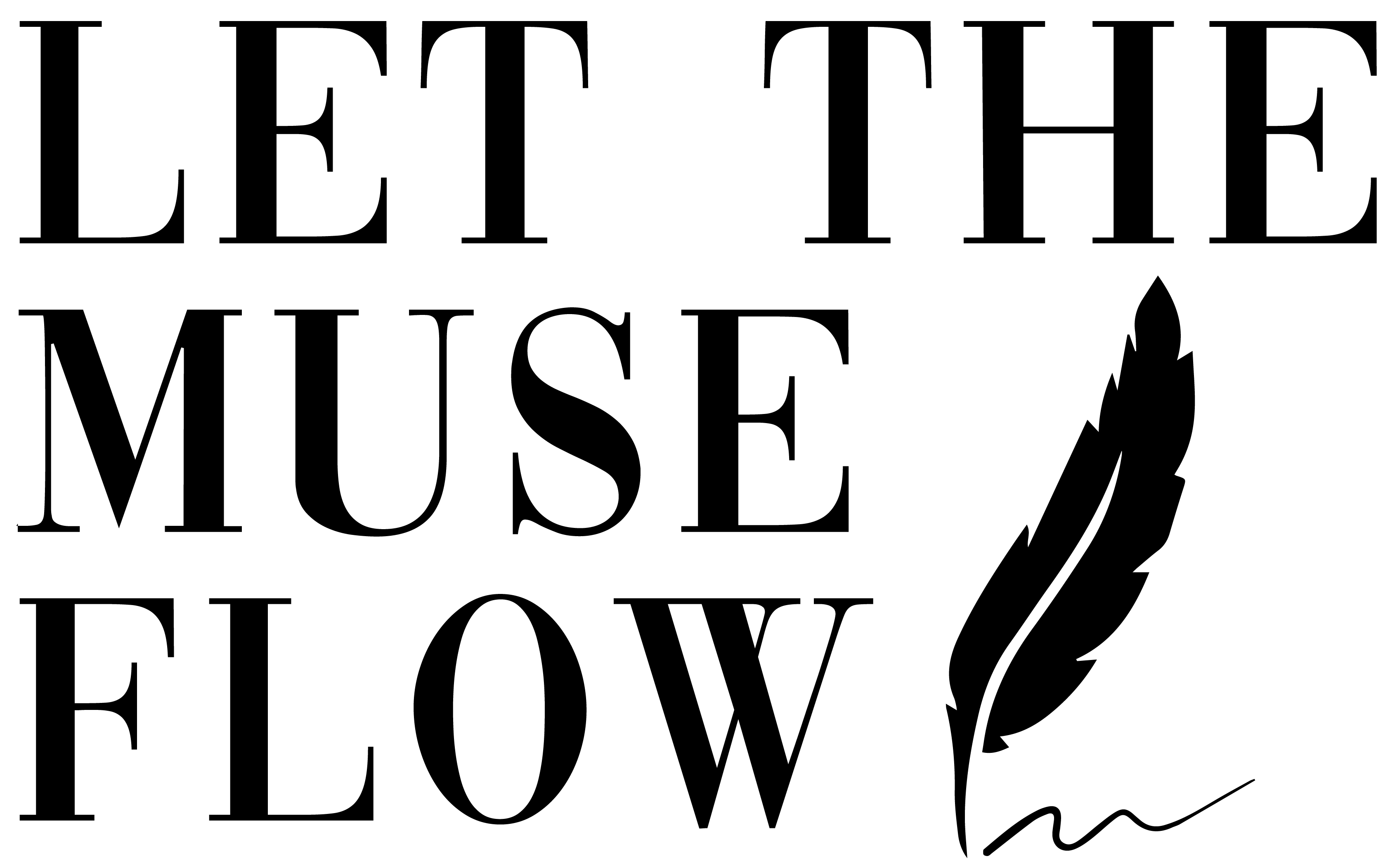
Every brand has a story to tell. From one storyteller to the other, we all tell stories, whether we intentionally construct it or not.
Why? Because stories have the power to connect us to people we haven’t seen, known or conversed with. We are wired to move into a beautiful story until we find our own points of transitions and satiated curiosity.
So whether you’re a company owner or you’re in the process of building your personal brand, here are some ways you can put your brand’s story to action.
- Be intentional about your brand’s narrative. The key is to place a construct of how you want to communicate your message over a course of time. Whether you’re writing for an online publication or you’re posting your much awaited tweet, every content piece should be weaved into a collective narrative that gives a consistent messaging to your audience. When you find and create an intentioned order in how your narrative should flow, you will help your audience decipher your brand in a nuanced manner. So when people read about your brand, they can connect even the seemingly different pieces of your narrative and establish a consensus of whether they’d like to work with you or not. Be deliberate with your content, your communication platforms, and who you’re writing for; your narrative will find its place in its resonating form.
- Have a long-term story-arc. Joe Pulizzi, founder of Content Marketing Institute mentioned in The Write Podcast about the importance of having a strategy in place before you even start to talk about your brand’s differentiated messaging, niche, and audience. More so, he also points out that 6 months isn’t enough time to build a loyal relationship with your audience. It’s possible but not probable. Which is why it’s crucial you build your long-term content plan and go deep with the information you are communicating with your audience. When you think long-term, your narrative creates its own ebbs and flows to find a place in your audience’s hearts. People love marathon-like narratives: ones that endure with them and relate to their evolving nature; ones that make them feel like they are a part of your story in some way or form.
- Find you tonality and cadence. Don’t mistake being unapologetically bold with being pompous, loud and an occasional braggart. Finding your voice may take time or you’d just know when your voice is reflecting what your inner self wants to articulate- it all boils down to your strong intuition and self-awareness. Your brand’s tone can either embrace your audience or can be unsettling; neutrality sometimes fits the bill, but you still have to sound convincing. That’s why it never hurts to go back to your whiteboard and find out your voice that is authentic to you and in congruence with your audience’s reception of your messages. But have an element of boldness even when you’re surprisingly quiet or an introvert. How? Be clear about what you stand for and let your voice do the work.
- Emote your audience’s messages via your narrative. Much of what personal branding is, and will be, is rooted in what your audience perceives your brand as. Listening in to what your audience wants to hear from you and why they’d like to hear from you can help you to find that agreeable spot of narrative that will entrench your story with more vividness and interesting pivots in your audience’s frame(s). Come to think of it – what keeps your audience glued to your story? Emotions. So understand where your audience comes from and where you’d like to take them to, through speaking their emotions: could be a subtle alteration, a notable shift, a complete transformation or making a revolutionary impact in their lives. Emote then becomes a justifiable, actionable verb of your story!
Over to you.
Have are you putting your brand’s story to action?
Would love to hear from you!

